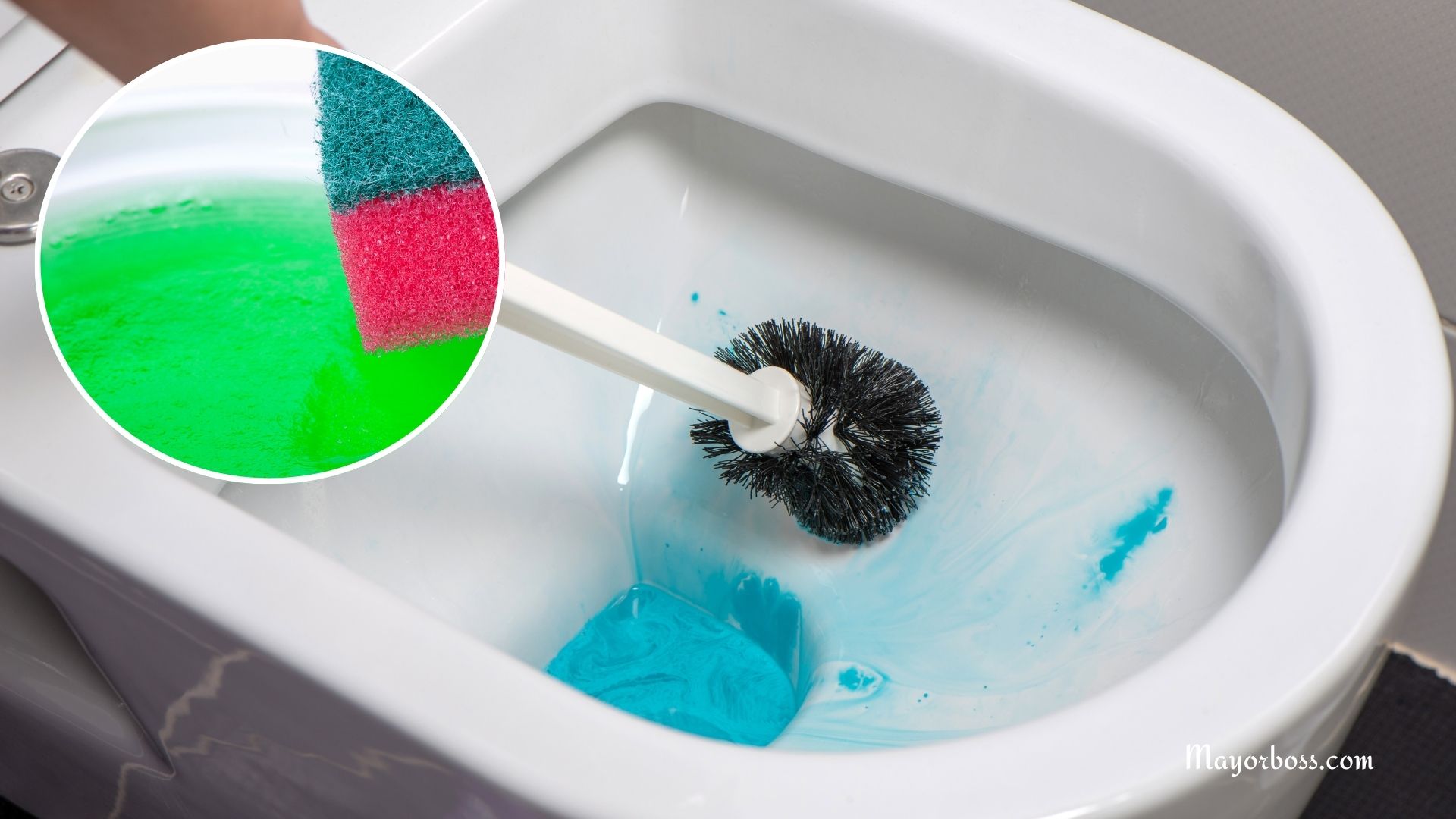How to Unclog a Toilet With Dish Soap
A clogged toilet is inconvenient and frustrating. While many people reach for a plunger or call a plumber, you can often clear a blockage using a common household item: dish soap. This simple method works well for minor clogs caused by toilet paper, waste, or other soft materials. It’s safe, affordable, and doesn’t damage your plumbing.
Why does dish soap work? Dish soap contains surfactants that break down grease and grime. In your toilet, it helps loosen the clog and reduces friction in the pipe. This allows water and waste to slide more easily through the drain.
Dish soap is also gentle. Unlike harsh chemical drain cleaners, it doesn’t erode your toilet or pipes. That makes it a safer option for your home and the environment.

What You’ll Need
Before you begin, gather the following:
- Liquid dish soap (any brand)
- Hot water (not boiling)
- A bucket or container for water
- Rubber gloves (optional)
These items are probably already in your kitchen.
Step 1: Pour in the Dish Soap
Start with about half a cup of liquid dish soap. Gently pour it into the toilet bowl. Let it settle at the bottom. The soap will begin to coat the inside of the drain and start breaking down the clog.
Wait at least 10–15 minutes. This gives the soap time to work its way around the blockage and soften the material. If the clog is light, the soap alone may be enough to clear it.
Step 2: Add Hot Water
After the waiting period, heat about a gallon of water. Do not use boiling water, especially if you have a porcelain toilet. Boiling water can cause the porcelain to crack. The water should be hot but not steaming.
Carefully pour the hot water into the bowl. Aim for a steady pour from about waist height. This adds gentle pressure and helps push the clog down the drain. You may notice the water level starts to lower. That’s a sign the clog is beginning to clear.
Wait another 10–15 minutes.
Step 3: Test the Flush
Try flushing the toilet. If the water drains normally, the clog is gone. If the bowl fills up again or drains slowly, the clog may still be present.
Repeat the process if necessary. Add more dish soap, wait, and pour hot water again. Sometimes, stubborn clogs need a second round.
When to Use a Plunger
If dish soap and hot water don’t work after two attempts, you may need to use a plunger. In fact, the soap can make plunging easier. The lubricated pipes reduce resistance, helping you create better suction.
Position the plunger over the hole in the toilet bowl, push down gently to form a seal, and then plunge firmly several times. You may hear a gurgle or sudden rush of water when the clog clears.
What to Avoid
Avoid mixing dish soap with chemical drain cleaners. These chemicals can cause harmful reactions and release fumes. Also, don’t pour boiling water directly into the toilet, as it can crack the porcelain.
Do not flush the toilet repeatedly while it’s clogged. This can cause the bowl to overflow, making cleanup harder.
Preventing Future Clogs
To reduce the likelihood of future clogs:
- Use less toilet paper.
- Avoid flushing wipes, even if they’re labeled “flushable.”
- Don’t flush feminine hygiene products or paper towels.
- Teach children not to flush toys or other objects.
A few simple habits can keep your toilet working well and prevent future blockages.
When to Call a Plumber
If the clog doesn’t clear after multiple tries, or if water backs up into your sink or shower, the issue may lie deeper in your plumbing system. In that case, it’s best to call a licensed plumber. A professional can inspect the problem and use tools to remove tough blockages.
Final Thoughts
Unclogging a toilet with dish soap is an effective home remedy for minor clogs. It’s safe, easy, and requires no special tools. With a little patience, you can often resolve the issue without needing to call for help.
